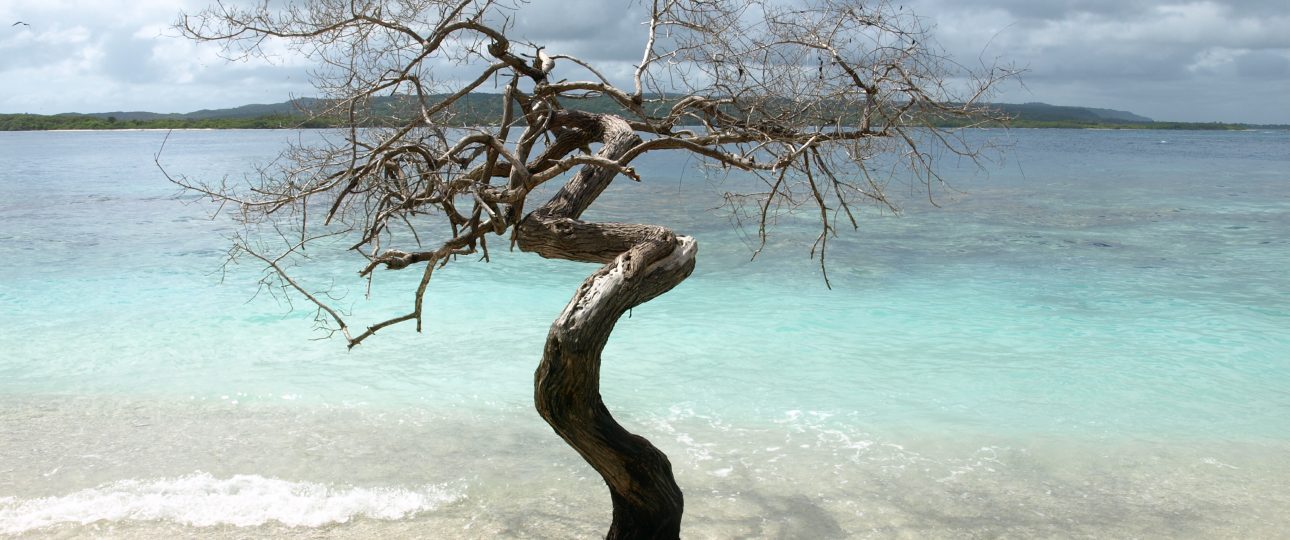Exploring Parque Nacional San Esteban
Parque Nacional San Esteban, located in the central region of Venezuela’s coastal mountain range, offers a unique blend of natural beauty and historical significance. Established in 1987, this park covers 44,500 hectares and is a haven for those interested in both nature and history.
Natural and Historical Highlights
1. Diverse Landscapes
The park features a mix of marine and terrestrial environments across the municipalities of Guacara, Naguanagua, Puerto Cabello, and San Diego in Carabobo State. The terrain includes mountains, valleys, and lush forests, making it ideal for hiking and exploration. The average temperature is a comfortable 25.1°C, with an annual rainfall of 1033 mm, ensuring a vibrant ecosystem.
2. Rich Flora and Fauna
While the park’s rainforests are home to a variety of plant and animal species, it’s important to note that sightings of elusive creatures like jaguars are rare. However, birdwatchers will find plenty to enjoy, especially during the wet season when migratory birds visit the area.
3. Historical and Cultural Sites
Beyond its natural allure, San Esteban is steeped in history. The park includes colonial and republican architecture, as well as archaeological sites like the Piedra Pintada in Guacara. The village of San Esteban, located south of Puerto Cabello, serves as a starting point for historical tours. Visitors can explore the area along the river towards Campanero, where the park’s entrance is located.
4. Coral Reefs and Water Features
For those interested in marine life, the coral reefs of Isla Larga are a notable feature. The park also boasts clear rivers and waterfalls, perfect for a refreshing swim or a peaceful day by the water.
When to Visit
The dry season, from November to April, is the best time to visit, offering pleasant weather and accessible trails. However, if birdwatching is your priority, consider visiting during the wet season when the park is alive with avian activity.
Getting There
The nearest major airport is in Caracas. From there, you can rent a car or take a bus to reach the park. The journey offers scenic views, though travel times can vary, so plan accordingly.
Exploring the Park
Once at Parque Nacional San Esteban, you can explore using local transportation options. Guided tours are available and recommended for first-time visitors. Alternatively, renting a bike allows for a more personal exploration of the well-marked trails.
Remember to check in at the Inparques office at the park entrance, where you can get more information and ensure a safe visit. While the park offers incredible experiences, be prepared for the challenges of navigating a remote area, including limited facilities and the need for self-sufficiency.




